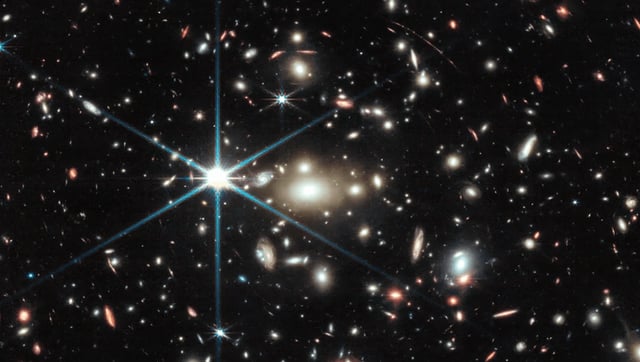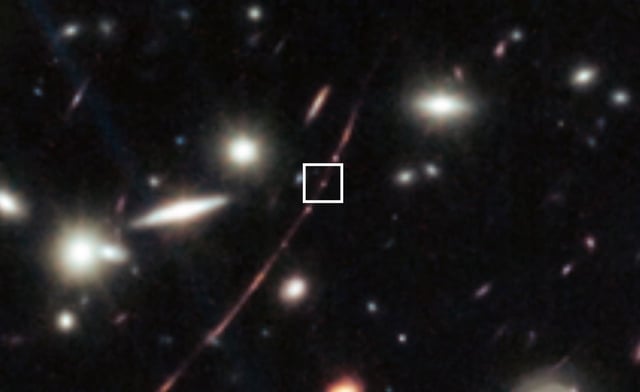Overview
- A paper published in The Astrophysical Journal Letters led by Massimo Pascale reanalyzed JWST data with updated gravitational-lensing models that include dark-matter microhalos and found Earendel’s magnified light matches a compact star cluster’s size and luminosity.
- Incorporating mini-halos increases lensing magnification estimates and expands Earendel’s inferred dimensions to align with known clusters like 1b in the Sunrise Arc galaxy.
- Observers warn that JWST’s NIRSpec at current resolution cannot clearly distinguish between a highly lensed single star and a cluster, leaving Earendel’s nature unresolved.
- Researchers propose time-domain monitoring of microlensing-induced brightness flickers as a decisive test, since a lone star would show brief brightening while a cluster’s combined light would stay steady.
- Securing the repeated JWST observations and telescope time needed for high-cadence microlensing studies presents logistical challenges but is viewed as essential to resolve the object’s true identity.


